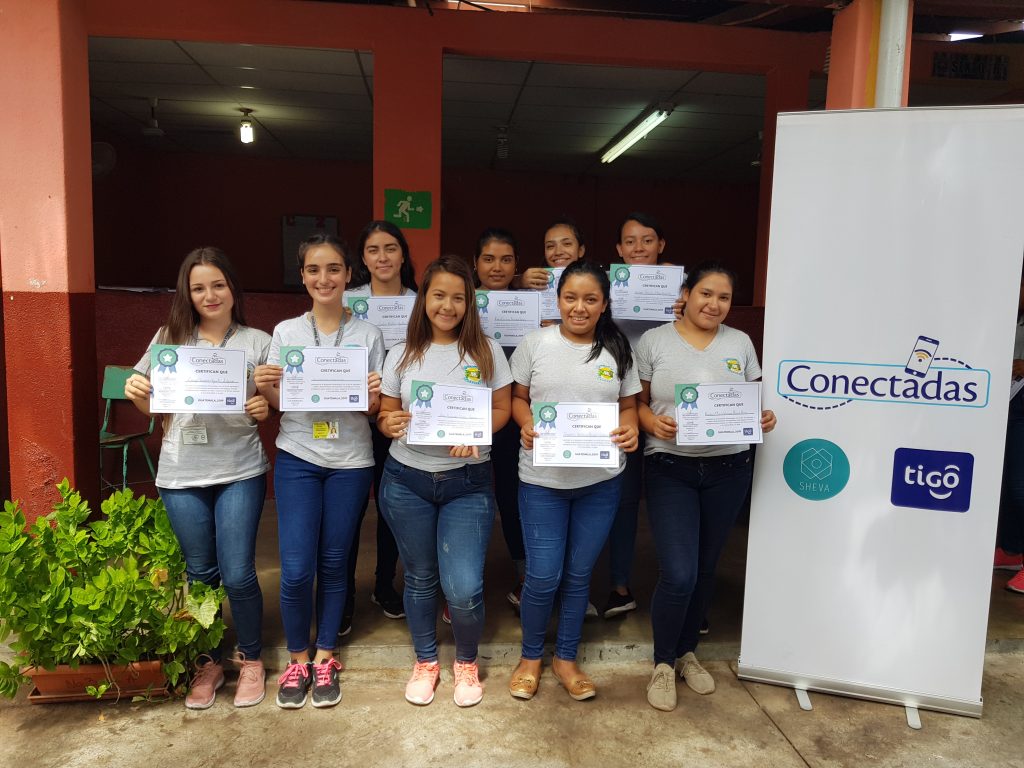This is one of a series of blogs that deep dives into our framework to help mobile operators close the gender gap in their customer base. This blog focuses on one of the five themes that we believe mobile operators should focus on to address the most common barriers preventing women from owning and using mobile phones across markets: “Usability and skills”, including the usability of handsets and services, and the skills of women to use them, particularly those who are less literate and familiar with technology. The other blogs in the series focus on the remaining four themes: “Accessibility”, “Affordability”, “Safety and security” and “Relevance”.
Why are usability and skills an issue for women?
Our experience and research across multiple markets in Africa, Asia and Latin America has revealed that women are usually less likely than men to know how to use a handset and mobile services, and are usually less confident about trying for fear of making a mistake or losing money. Women also have lower literacy levels than men, which limits their ability to read text on mobile phones.
What can operators do to improve the usability of services and the skills of women to use them?
To close the gender gap in their customer base, operators need to ensure that their product and service design and marketing and distribution approaches consider the barriers women face related to usability and skills (see the visual in our framework blog).
Figure 1 shares some examples of what operators can do to improve the usability of services and skills of women to use them during product and service design and marketing and distribution activities.
Figure 1:
For example, product and service design teams could support women to learn about their handsets, mobile internet and other mobile services through features such as video tutorials and audio instructions. Marketing and distribution teams could consider how to use the agent network to improve women’s digital skills, through, for instance, providing customers with a code for online training that triggers a commission for the agent who introduced it to them, or training and incentivising agents to conduct in-person training themselves. Operators such as Airtel Tigo Rwanda have used GSMA’s Mobile Internet Skills Training Toolkit (MISTT) to develop tailored content for agents to train their customers on mobile internet. Core MISTT topics – including how internet pricing works and how to stay safe online – are likely to particularly appeal to female customers across a number of markets. Operators have also partnered with other industry players, governments, NGOs or MFIs to help improve the digital skills of their female customers (see Box 1). Dialog Sri Lanka, for instance, has partnered with the government to run workshops educating women on how mobile internet can support their businesses and personal development, and how to stay safe online.
Box 1: Tigo Guatemala’s “Conectadas” programme
In 2017, Tigo Guatemala partnered with Guatemalan non-profit organisation SHEVA to create the Conectadas programme that aims to empower girls and women with the skills and knowledge to use and benefit from mobile technology. They identified a lack of digital skills and confidence as a key barrier to women’s use of mobile internet. Responding to this barrier, Conectadas provides young women with training on mobile internet use.
For Tigo Guatemala, this serves the social purpose of empowering women through access to technology and digitised educational resources, as well as the commercial objective of increasing mobile internet awareness and use, and increasing revenue; a compelling goal in a country where 50% of smartphone owners only use their devices for phone calls and text messages.
SHEVA and Tigo drew inspiration from the GSMA’s Mobile Internet Skills Training Toolkit (MISTT). MISTT modules are available as PDF, PowerPoint or video, and provide basic skills and training on smartphone usage, smartphone and internet safety, mobile data costs, and popular services such as WhatsApp and YouTube. Initially, Tigo and SHEVA delivered training face-to-face, but Tigo then opted to enable users to learn using the online platform, EduMe. This offered a more convenient, self-paced learning journey, with more content than could fit into a two-day workshop, as well as a sense of community for the Conectadas participants.
Via EduMe, 31,000 women were taught about tools such as Google, Facebook and WhatsApp through concise, engaging online lessons and communications. Tigo found that mobile data consumption among the women who had been trained increased by 19%, compared to an increase of just 7% for a control group.
Participants demonstrated an increased knowledge and agency in mobile phone use, including 38% increase in the number of women with an educational app on their phones, a 41% increase in women who could use Facebook Security, and a 50% decrease in women who would accept a social media connection request from an unknown person.
Tigo is implementing the Conectadas programme across its Latin American operations, many of which have shown an interest in continuing to deliver the training to large numbers via EduMe.
It’s important to emphasise that ensuring usability and skills for women does not necessarily involve launching an entirely new product, service, marketing campaign or distribution approach. Often it is just about operators tweaking what already exists to ensure that they reach women as well as men. For instance, ensuring that a mobile money service user interface is also comprehensible to the less literate, who are likely to be women – e.g. using symbols or icons instead of text where possible, ensuring fewer steps and clear menus to execute transactions. Grameenphone was able to improve the proportion of women using its GPAY app from 12% to 19% through a simple redesign to make it more user-friendly.
Ensuring services are user-friendly for women, and that they have the skills to use them, will help them reap the full benefits of owning and using mobile phones to enhance their lives, as well as provide commercial benefits for operators as women become more regular and loyal customers.
Read Part 1, Part 2, Part 3 and Part 4 of this 6-part blog series.






